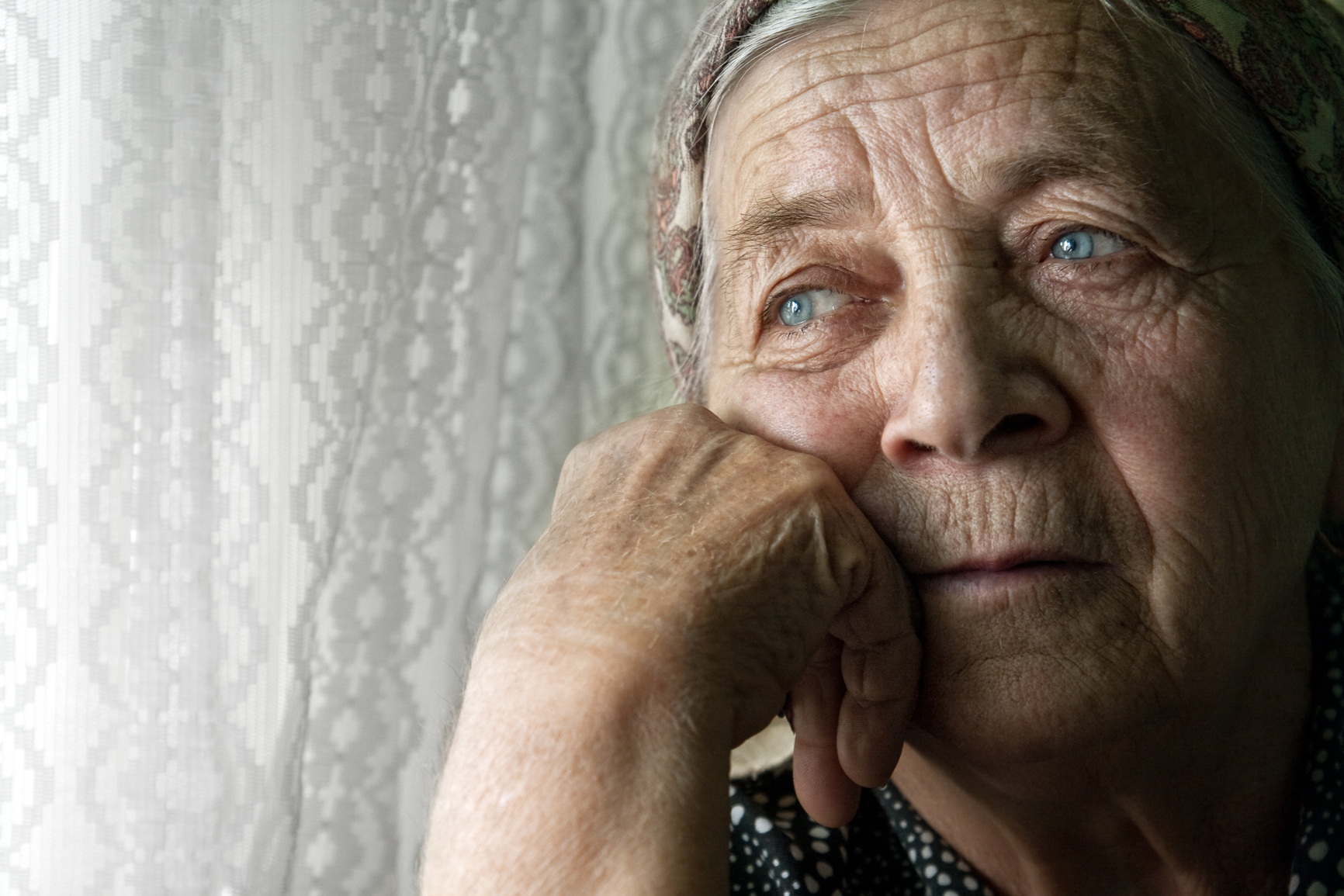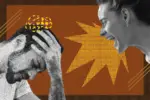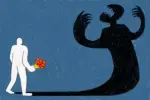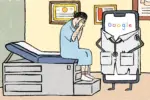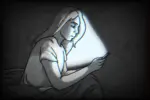The most violent public shooting in America’s history occurred October 1, 2017, at the Mandalay Bay Hotel. Gunman and terrorist Stephen Paddock, sixty-four years old, fired thousands of rounds on unsuspecting festival goers from the thirty-second floor of the hotel. Upwards of fifty-nine people died and more than five-hundred people were injured during the massacre.
Paddock’s motives are still unknown for the murders and assaults; however, some investigators have suggested that psychological issues might be at play, yet there is no confirmation of this. Too often, investigators and the general public speculate a concrete, explainable motive behind such a terrifying act while, in fact, the reason may be that the individual may have become distraught because of an illness. Even though no motive has been confirmed, investigators and the public have yet to rule out mental illness or mental disorders, and are often overlooked and not considered as an actual issue in the senior community.
According to the Mental Health and Aging Organization, 18-25 percent of elders need some type of mental health care for their problems before they can evolve into more serious and deadly disorders. It’s alarming that this group has the most cases of mental illness and as a result have the highest suicide rate in the U.S, sitting at 21 percent. This means as many as seventeen older adults take their lives every day because signs of mental illness are not recognized in seniors.
The Center for Disease Control and Prevention (CDC) estimates that 20 percent of people who are fifty-five years of age or older experience a mental health issue. However, many adults who are sixty-five and older reported that they have never received social or emotional support to help with the mental illness that they experience. It’s not surprising that depression is the most common illness among those aged fifty-five years or older since depression has plagued at least 16.1 million Americans (according to National Institute of Mental Health). In spite of this statistic and the fact that elderly men have the highest rate of suicide than any other age group, people do not associate mental illness with the elderly and as such, this group should be monitored even more to ensure their safety.
Americans tend to look to younger generations when the discussion of mental illness arises, but it’s time to think about those forgotten (the elderly) because without the necessary intervention and proper care, the elderly can be a danger not only to themselves but to those around them. Depression is a mood disorder that can affect all aspects of an individual’s life. The illness can lead to distress, extreme reclusiveness and damage in social functioning. Out of all cases, 80 percent can be at least treated; however, many of them do not receive the necessary help because they don’t recognize the signs and their conditions, therefore, remain untreated.
The CDC conducted a study that involved a questionnaire sent to all fifty states, District of Columbia and three Territories. In the questionnaire, one of the parts included core questions about mental health, the presence of emotional and social support, the satisfaction of life and number of days one felt mentally unhealthy. This study was developed for the Behavioral Risk Factor Surveillance System (BRFSS) to analyze mental health conditions in the elderly community. Thirty-eight states and three territories, in 2006, used this information to determine the frequency of depression in the specified community. The CDC combined the data from the 2006 BRFSS of Anxiety and Depression module and the core questions and included it in a report published in the first edition of their Issue Brief.
The data was provided by U.S citizens fifty years and older with a focal point on race, ethnicity and sex. The CDC reports that “among adults age fifty or older, men were more likely than women to report they “rarely” or “never” received the support they needed (11.39 percent compared to 8.49 percent)”. This means that, based on this data, senior men feel the effects of mental illness but do not receive the proper care. This can lead to dissatisfaction with life, which can then result in a deeper depression.
The CDC report also found that non-Hispanic adults within “age fifty to sixty-four were the group most likely to report that they were “dissatisfied” or “very dissatisfied” with their lives”(9.7 percent compared to 7 percent of Hispanics, 7.2 percent of black, non-Hispanic adults, and 5.25 percent of white, non-Hispanic adults in the same age group)”. As senior citizens fade into the shadows, people forget that they need the same attention and care that younger people do. Dissatisfaction in life will only lead to a cycle of depressive moods. These incidents of depression may not be reported because older adults are not expected or encouraged to report psychiatric symptoms. One could wonder if Paddock was feeling the same way before he opened fire on a mass of festival goers. It’s important to look at why seniors are put on the back burner when it comes to depression and mental illness.
There are five critical reasons why seniors are overlooked in the mental illness dialogue. These five categories include stigma, ageism and a lack of organized support. As with any age, mental illness is embarrassing and shameful to talk about. People generally expect older adults to be composed, organize, and in control because of their experience in life whereas mental illness is regarded as disorganized, uncontrollable and menial. Consequently, there is a resistance to treatment and a denial from the public that depression in the elderly is an issue.
Furthermore, many healthcare professionals, citizens and media find that investing money and resources into the older adults is not beneficial. As society has placed youth and ability as important factors of life, the elderly have no agency and so are rarely tended to.
Perhaps, the most shocking reason for lack of mental help support for elders is the fact that the public does not care enough, which has significant and sometimes fatal effects. Many Americans are so in tune with the younger generation that they forget the older adults. This lack of attention encourages illnesses, such as mental illness, to fester and build up to an uncontrollable level. Many Americans think that the elderly are too old to do more than they have already done, but anyone can contribute to the demise of themselves or even others. This may or may not have be the reason for the Las Vegas Massacre, but it is important for all of us to view mental illness with more attention so that we can catch the falling before they fall.


